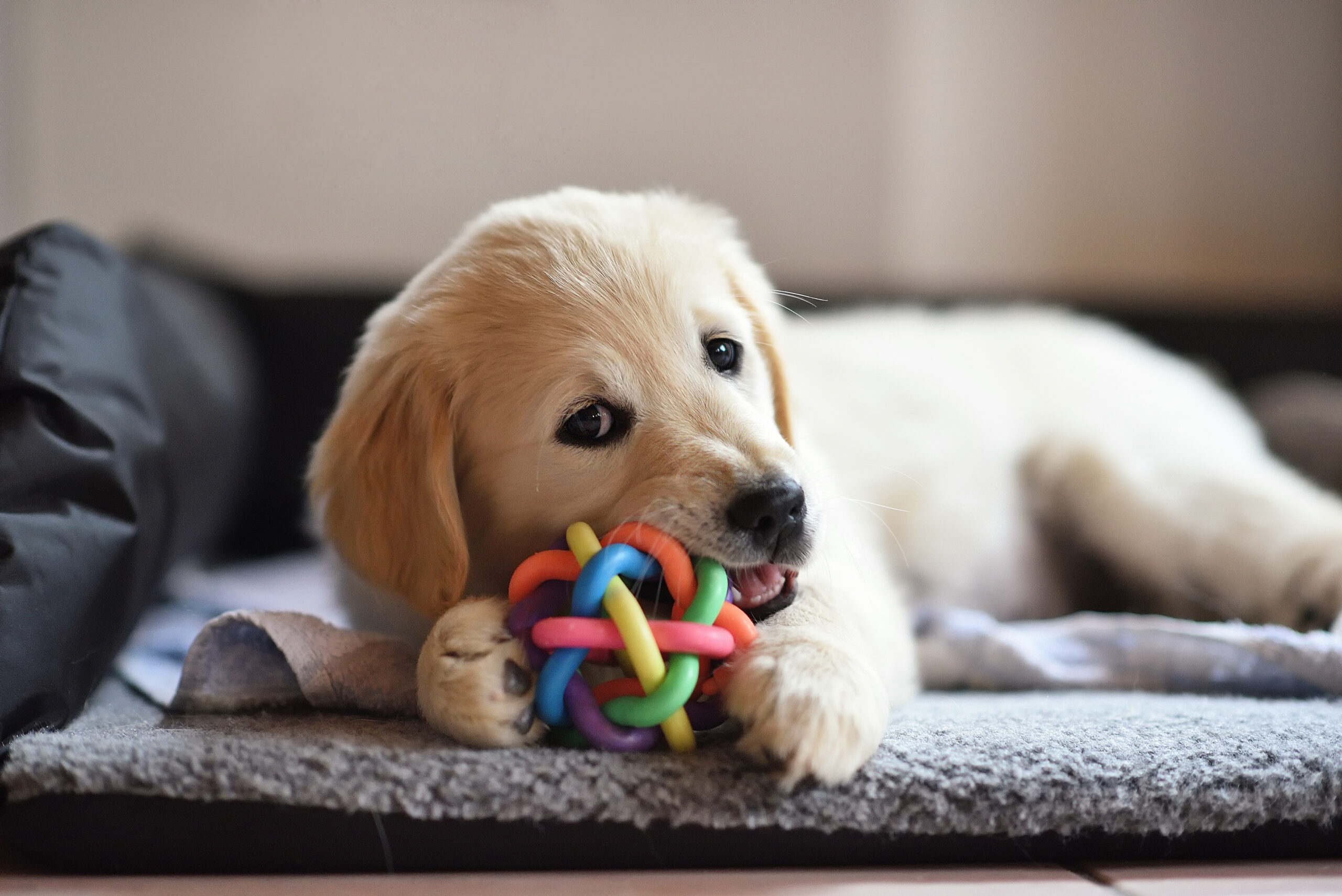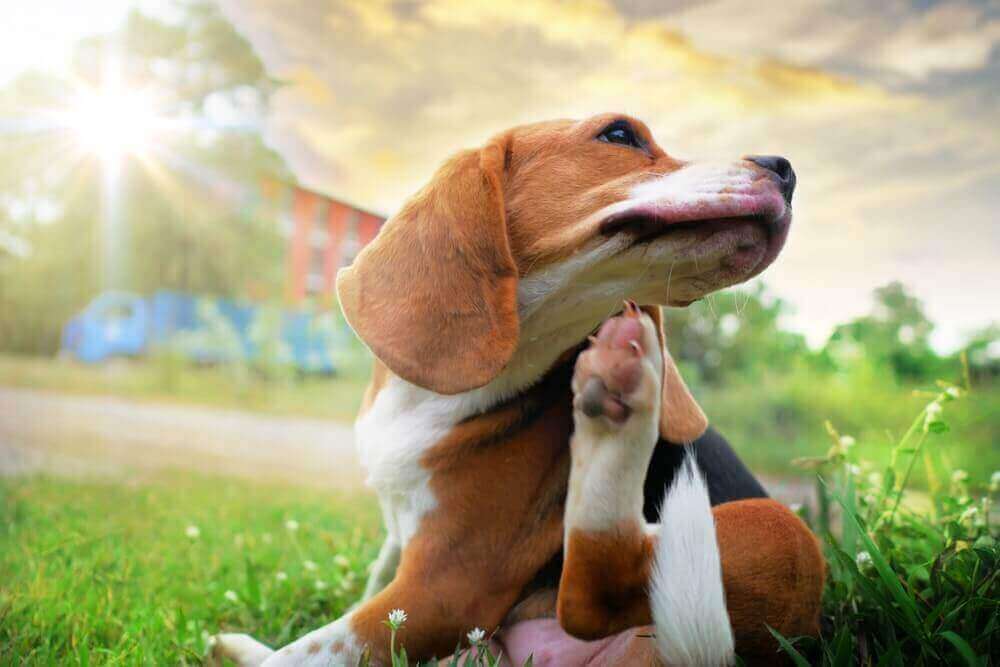Hey Ollie blog readers! We’re offering you an exclusive 60% OFF your starter box! Try now!
You’ve just welcomed a puppy into your home—how exciting! As you navigate the essentials like choosing the right food, finding a vet, and thinking about training, two key tasks should be top of mind: learning how to crate train a dog and teaching your pup to walk safely on a leash. Crate training helps create a secure, comforting space for your puppy, while leash training sets the foundation for socialization and exploration (even if it’s just around the backyard or block at first).
Whether you’re bringing a puppy home for the first time or adopting an older dog, a crate is one of the handiest tools you can have as a pet parent. And don’t worry: cCrate training your puppy or dog isn’t cruel. In fact, most trainers and veterinarians recommend it. “I’m not aware of a single professional dog trainer who does not crate his or her dogs,” says Scott Sheaffer, CDBC, CPDT-KA, a dog behavior specialist. “Every single one, including myself, crates their dogs.”
And while there’s no doubt crate training is convenient for you (it’s one of the easiest ways to housebreak your pup—and keep them out of trouble), it’s also good for your dog. “A crate uses a dog’s natural instinct to create a safe space for them to relax,” says Sheaffer. “They like living in dens, and once they feel comfortable, you’ll see a dog walk into and spend time in a crate on their own.”
So what’s the best way to crate train your dog? Here, Sheaffer explains how to crate train a puppy or dog, and make it a pain-free process, no matter your dog’s age or life stage.
1. Choose a comfy crate
“You want a crate that’s big enough for your dog to stand up and turn around without hitting their head on the top of the crate—no bigger,” says Scott Sheaffer, founder of USA Dog Behavior. “We’re going for a den feel, and you don’t want a big den.” While most people use wire crates, covered crates with a vented plastic lid are actually best. “If you do have a wire crate, cover the top and sides with a towel or a blanket so it feels more like a den.” And make sure the inside is comfy, too. “A helpful tool is an old blanket or quilt,” says Sheaffer. “Wad the blanket up into a sort of nest, and your dog will love it.”
2. Start slow and take small steps
“I can’t stress enough that the acclimation process needs to be slow,” says Sheaffer. “Don’t think you can bring the dog home and go from zero to ten hours instantly.” When crate training a puppy, start by teaching your pup to associate the crate with positive feelings. Do this by rewarding your dog for going into the crate for short periods of time and placing their food bowl in the crate when it’s mealtime, says Sheaffer. “Leave the door open initially,” he suggests. “As your dog becomes more comfortable, you can start lengthening the time they spend inside, and eventually, close the door of the crate.” Above all, make sure your dog sees the crate as a positive experience.
3. Limit your pup’s time in the crate
Dogs are meant to be with people, so “Besides sleeping, your dog should be in the crate for no more than six hours at a time,” Sheaffer says. Start by crating your dog for short intervals—anywhere from a few minutes to a few hours. Every dog is different so pay attention to their body language to determine when they need to come out. And be on the lookout for signs of separation anxiety.
Vocalizing, defecating and urinating in the crate, corner digging in the crate, and biting the sides of the crate are all stress behaviors. If you think your dog may suffer from separation anxiety, make an appointment with a trainer to address it, Sheaffer recommends “Separation anxiety is a complex issue with no quick fix,” he explains. “The crate keeps the dog from injuring themself or damaging the property but it isn’t the answer for separation anxiety.”
4. Practice patience
“The number one mistake people make with crate training is moving too fast,” says Scott Sheaffer. “Remember, your dog doesn’t understand English so take it easy. You wouldn’t expect your child to be potty trained in a day.” Generally, it’s easier to crate train a puppy but adult dogs can be acclimated to a crate, too. Just be sure to use the same, slow-moving training technique you’d use with a puppy. While the amount of time it takes to crate train your dog will depend on the pup, Sheaffer says to give the process about a month. “The responsibility is 50-50,” he notes. “The owner being consistent is half of the equation.”
Tips for Training Your Food-Motivated Dog
How to handle common issues with crate training
While the concept of a crate appeals to your dog’s natural instincts, you can still run into challenges during training. Common problems include:
Fear of the crate
If your dog is fearful of their crate, this can increase their anxiety. To reduce stress and build confidence, try strategies such as:
- Creating positive associations — Some dogs need extra time at this step. Make the crate a fun and safe place by playing games and feeding your dog near, and eventually in, the crate. Keep sessions short and positive.
- Reviewing crate use — Ensure the crate is not used as punishment.
- Trying a different crate — Some dogs prefer covered crates, while others find the darkness intimidating and prefer to see their surroundings. You may need to experiment to find out what your pup finds safe and cozy.
Destructive behavior
Bored or anxious dogs may dig or chew items in their crate. First, remove these items to see if it helps. If the problem continues or your dog chews the crate itself, move the crate to a busier area of the home or provide mentally engaging toys. If the issue persists, consult your veterinarian about possible separation anxiety.
Barking or whining in the crate
Crated dogs may bark or whine because they need to go outside or are bored or anxious. Take your dog outside before crating them, especially puppies who need frequent breaks. If barking continues, try a long walk or play session before crating to encourage rest. Training your dog not to bark may also help them realize that vocalizing won’t be rewarded. If your dog still vocalizes and shows stress signs, consult your veterinarian about separation anxiety.
Tips for crate training your dog at night
Crating your puppy or dog at night can help everyone enjoy restful sleep. Crating also prevents your dog from getting into mischief. If you decide to crate your puppy or dog at night, considerations include:
- Crate location — While you can ultimately move the crate to another room, plan to keep your dog’s crate in the bedroom while they learn to feel safe and confident in their new space.
- Puppy potty trips — At night, puppies may need to go outside every 3 to 4 hours. Position your puppy’s crate for easy access and keep a leash nearby.
- Evening exercise — Help your dog or puppy settle by providing quality exercise in the evening.
- Bedtime ritual — Create a bedtime routine so your dog understands that it’s time to wind down.
Tips for long-term success with crate training a puppy
Crate training is a powerful training tool during your puppy’s early months and has enormous advantages throughout their life. Crate-savvy dogs are easier to train, live and travel with, and care for at veterinary, boarding, grooming, and daycare facilities.
Maintain the momentum of your early crate training so that your dog maintains a lifelong enthusiasm for their crate. Strategies for long-term success include:
- Prioritizing safety — Always consider your dog’s physical and emotional welfare. Remove their collar before crating to prevent injuries. Keep the areas above and around the crate free from objects that could be pulled into or fall on your dog’s crate. Never crate your dog near something that scares them.
- Maintaining motivation — Keep crate training interesting by introducing a variety of toys or treats to reward your dog’s cooperation.
- Keeping the crate clean and cozy — No one likes to sleep on dirty or lumpy bedding. Wash your dog’s bedding and wipe out their crate regularly to maintain a clean and healthy resting space. Replace worn or damaged bedding.
Crate training your puppy might seem restrictive, but with proper training, it will ultimately provide them with the freedom to enjoy a comfortable, peaceful, and confident life. Happy training!
Looking for a crate that isn’t a total eyesore in your home? We found 10 stylish crates that you and your pup will love!
The Ollie blog is devoted to helping pet parents lead healthier lives with their pups. If you want to learn more about our fresh, human-grade food, check out MyOllie.com.
Tagged As:

The nutrition your dog needs,
the food they want.

Enjoying our articles? Subscribe our Newsletters and get new articles directly to your inbox
You might also like
13 May 2025
8 MINS READ
Puppy Training Guide & Behavior Timeline
Bringing home a puppy is pure magic. It’s also pure chaos—tiny teeth, zoomies, accidents in the house, and moments that make you wonder if you’re raising a future genius or a tiny tornado. …
by Ollie Pets
10 May 2025
12 MINS READ
New Puppy Checklist: Guide To Prepare For A New Dog
Bringing home a new puppy? This checklist covers everything new dog owners need—from essential supplies to training, feeding, and first vet visits.
by Ollie Pets
3 April 2025
9 MINS READ
Home Remedies for Fleas on Dogs: 10 Natural Ways That Actually Work
Wondering what kills fleas on dogs instantly and naturally? If your pup is scratching like crazy, it may be time to take action. In this guide, we’ll show you the most effective home remedies for…







